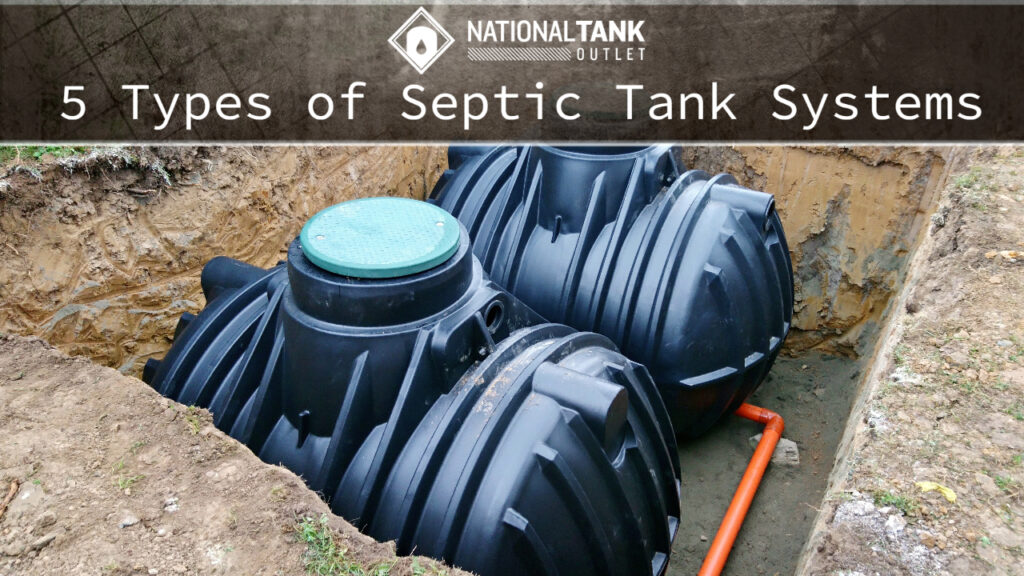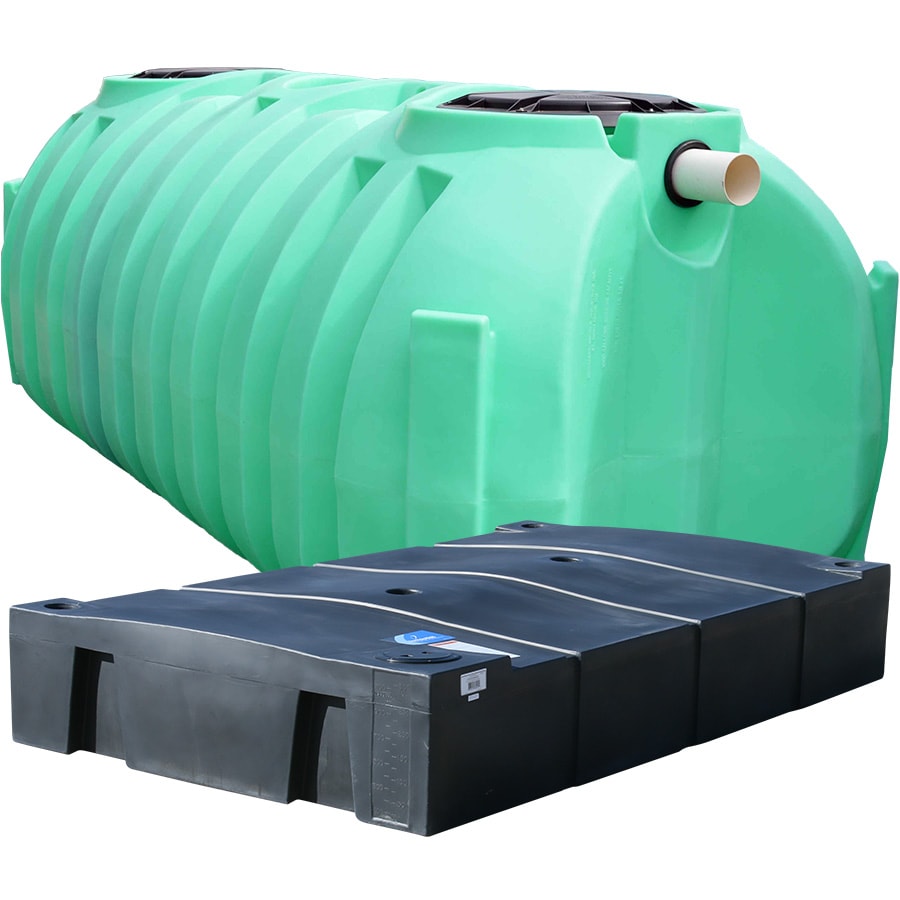Translating the Language of Septic System Solutions: A Reference of Terms for Clear Interaction and Understanding
In this article, we'll assist you translate the language of septic storage tank solutions with an useful reference of terms. From recognizing the essentials of your septic container to dealing with sludge buildup, we'll offer clear explanations to guarantee clear interaction and understanding.
Sewage-disposal Tank: Recognizing the Fundamentals

If you are not familiar with septic systems, they are below ground containers that treat and hold wastewater from your household. These tanks are a vital part of your home's pipes system, accountable for safely and properly handling the waste produced by your everyday activities. Comprehending the essentials of septic systems is essential in order to ensure their appropriate functionality and prevent pricey repairs.
A septic container is composed of two main parts: the tank itself and the drainfield. The solids work out at the bottom of the tank, forming a layer of sludge, while the liquids, known as effluent, surge to the top.
Regular maintenance of your sewage-disposal tank is important to prevent issues such as blockages, backups, and system failures. It is suggested to have your container pumped every 3 to five years, depending on its size and usage. Additionally, it is essential to be conscious of what you flush away and bathrooms, as certain chemicals and products can damage the microbial balance in the container.
Drainpipe Field: The Function of Dirt in Garbage Disposal
To preserve the appropriate capability of your septic system system, it is crucial to comprehend the role of the drain area in garbage disposal and just how the surrounding soil plays a crucial duty in this process. The drain area, likewise understood as the leach area or absorption field, is a necessary element of a septic tank. Its key function is to filter and treat the wastewater that drains of the septic system.
Once the wastewater leaves the septic system, it is dispersed equally throughout the drain area through a network of pipelines or trenches. The drainpipe field is composed of a layer of crushed rock or rock, which helps to distribute the wastewater uniformly and promote reliable filtration. Listed below the crushed rock layer, there is a layer of dirt that functions as an all-natural filter.
The soil in the drain area plays a critical role in the therapy of wastewater. As the wastewater percolates via the dirt, it goes through a natural process of filtering and purification. The soil functions as a biological and physical filter, eliminating hazardous bacteria, viruses, and other contaminants from the wastewater.
The composition and quality of the dirt are vital for the efficient performance of the drain field - septic tank pumping. The soil must have great percolation rates to permit the wastewater to move via it quickly. Furthermore, the dirt needs to have enough oxygen degrees to sustain the growth of aerobic bacteria, which help in the break down of raw material in the wastewater

Effluent: the Liquid Waste From Your Septic System
As the wastewater leaves the drain field, it is recognized as effluent, and it is vital to recognize the characteristics and monitoring of this fluid waste from your septic tank. Effluent is the term utilized to describe the cured wastewater that drains of your septic tank and into the drain area. septic tank pumping. This liquid waste consists of a blend of water, raw material, and dissolved solids
Effluent ought to be clear and complimentary of any type of unpleasant smells. If you observe any kind of nasty smells or staining, maybe a sign of an issue with your septic system. Regular upkeep and pumping of your septic system can help make sure that the effluent stays complimentary and tidy from contaminants.
Proper monitoring of effluent is vital to avoid contamination of the surrounding atmosphere. The drain area is created our website to filter and treat the effluent before it goes into the dirt. It is important to prevent any activities that could potentially damage the drainpipe area, such as auto parking lorries or growing trees with deep root systems.
Sludge: Dealing With Solid Waste Buildup
When dealing with strong waste buildup in your septic tank, proper administration of sludge is vital. Sludge describes the thick layer of solid waste that accumulates at the base of your sewage-disposal tank with time. Otherwise taken care of appropriately, sludge can trigger different issues, such as blocking, back-ups, and also system failing.
Normal upkeep is essential to stop sludge buildup. It is advised to have your sewage-disposal tank pumped every 3 to 5 years, depending upon the dimension of your family and the storage tank's capacity. Pumping eliminates the accumulated sludge, permitting your septic tank to work effectively.
In addition to routine pumping, there are a couple of steps you can take to decrease sludge accumulation. First, bear in mind what you purge down the drain. Prevent throwing away non-biodegradable items, such as paper like it towels, diapers, and hygienic products. These can contribute to sludge accumulation. Second, take into consideration making use of septic-safe products that won't disrupt the all-natural microbial balance in your system.
Pumping: Maintaining the Wellness of Your Septic Storage Tank
Maintain the wellness of your septic tank by routinely pumping it. Pumping is a crucial upkeep job that assists prevent problems and makes certain the proper performance of your septic tank. With time, solid waste and sludge build up in the storage tank, which can bring about obstructions, backups, and also system failure. Pumping eliminates these gathered solids, permitting the tank to proceed operating successfully.
The regularity of pumping depends on numerous elements such as the dimension of the storage tank, the number of passengers in your house, and the usage of water. On average, septic tanks must be pumped every three to 5 years.
Conclusion
So there you have it: a helpful reference of terms to assist you much better recognize the language of septic tank services. Whether it's learning about the basics of sewage-disposal tanks, comprehending the function of the drain area, or recognizing how to handle sludge build-up, this glossary will certainly guarantee clear communication and a much better understanding of your septic system. Keep these terms in mind to keep the health and wellness and capability of your septic storage tank.
A septic container consists of two primary components: the container itself and the drainfield.Regular maintenance of your septic storage tank is important to prevent concerns such as obstructions, back-ups, and system failures.To keep the go correct performance of your septic storage tank system, it is important to comprehend the function of the drain area in waste disposal and exactly how the bordering dirt plays a vital duty in this process. It is advised to have your septic storage tank pumped every three to 5 years, depending on the size of your family and the container's capability. Whether it's finding out about the essentials of septic containers, recognizing the duty of the drain area, or understanding just how to deal with sludge accumulation, this reference will certainly make sure clear interaction and a better understanding of your septic system.